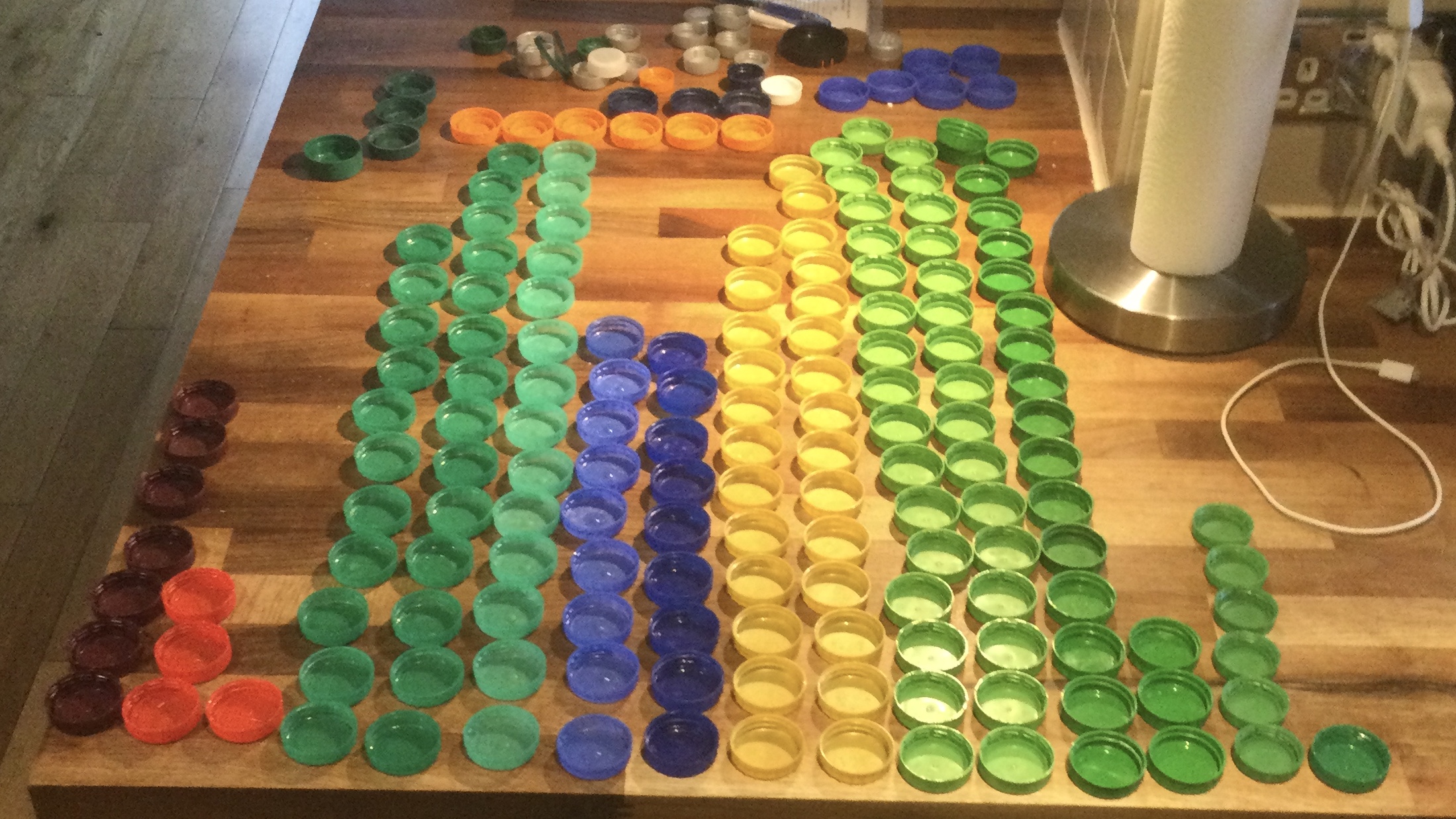The Alton Herald of 21st Sept 23 has an article and comment relating to the proposal for a digester on the site between Holybourne and Bentley. Below is a precis of this:-
VEOLIA’S proposal for an anaerobic digestion facility and waste transfer station near Alton has been given the go-ahead despite neighbours arguing it was not needed.
The plant will be designed to convert food and other organic waste into biomethane gas which will be cleaned and piped into the local gas distribution network.
The digestate which remains can then be used as a fertiliser.
The waste transfer site will have a capacity of 20,000 tons per annum,
and the anaerobic digester a capacity of 50,000 tons per annum.
Located south of the A31 and east of Holybourne and Alton, the Alton materials recovery facility alongside the waste transfer station will be the site of the anaerobic digester.
This replaced the previously proposed plans for an incinerator on the land.
You will remember the ‘NoWeyIncinerator’ campaign which successfully objected to the construction of a waste incinerator plant being built on the Veolia site next to the A31. Veolia have revised their plans and they intend to submit a new application for this site. They said that feedback during the previous planning process showed a consensus for more recycling in Hampshire and the new Resources & Waste strategy proposes that every household will receive separate, weekly food waste collections from 2023, which is not presently the case in most of Hampshire.
They are proposing a partial development of the Alton site with over 60% of the current buildings retained. The existing waste transfer station will continue to operate at its current levels with the recycling facility converted to recycle organic waste via anaerobic digestion. They anticipate the proposed facility will be able to process around 40,000-50,000 tonnes of Hampshire’s food waste each year.
===============================================================
I thought I’d put together some of my thoughts on this idea. Before retiring, I worked in the sewage treatment industry for many years as a process engineer and have much experience with the treatment of sewage sludges and digestion plant.
Firstly I came from an area where we have food waste collections on a weekly basis and we were vey pleased that our local council ran this service. Food waste should not go into landfill and in my opinion Hampshire is very much behind in their recycling objective. Because it is so easily biodegraded, food waste adds to the pollution from landfill giving of tonnes of methane gas in the process. This could so easily be captured and put to use, and anaerobic digestion (AD) is one of the best ways to do so. So what is it? Anaerobic digestion uses bacteria to transform organic waste into energy in the complete absence of oxygen. This transformation occurs in nature, in marshes, for example. In order to be useable on a larger scale, the process has been optimized in closed tanks called digesters. The micro-organisms digest the organic fraction of the waste and convert it into biogas, a source of renewable energy. Most large sewage works use AD to reduce the amount of sludge they produce and to render it legally compliant for disposal. In the process the AD produces gases of which methane is between 65% to 75% (highly imflammable). This is almost always stored on site and used to generate electricity to power the site and to be exported to the grid. Due to the very nature of sewage – containing an undefined mix of ‘everything’ some contaminants get passed to the system reducing the efficiency of the AD and also making the sludge more difficult to dispose of. This would not be the case with food waste as the number of contaminants would be vastly reduced. The AD process would be far more efficient and the volume of methane per tonne of waste would be higher. What’s more the percentage of methane in the gas is likely to be 75%- 80%. In addition the final by-product waste sludge makes a good composting material and can be used on farm land. For technical reasons it probably can’t be called fertiliser because although it can be analysed, its content will be too variable, but it will be useful and it will reduce the farmers’ need for chemical fertilisers.
Because of the very nature of food waste, the process is very smelly. I am no expert on food waste AD but the incoming product will need to be processed to feed it to the digester, and it’s here that most smells will be released. One would hope that this process will be completely covered and ventilated through odour removal processes, (this is normal on many sewage works). After AD the gas will also contains unwanted smelly fractions, mostly sulphides – the ‘rotten eggs’ gas. But again these will need to be removed by treatment so that the final gas can be fed into the national grid. Over the years there have been many advances in odour control and they have been successfully installed at a number of sites I dealt with during my time with Scottish Water, and believe me some of the impositions were quite draconian.
So I’m very much undecided on this proposal. I am all for recycling and am one of those few people who wash plastics and would be happy to sort it by its numbers into separate piles. I’ve even sorted out bottle lids and have a cupboard full because they weren’t wanted in the bin.

